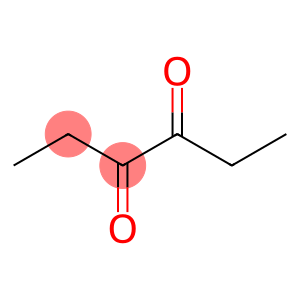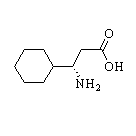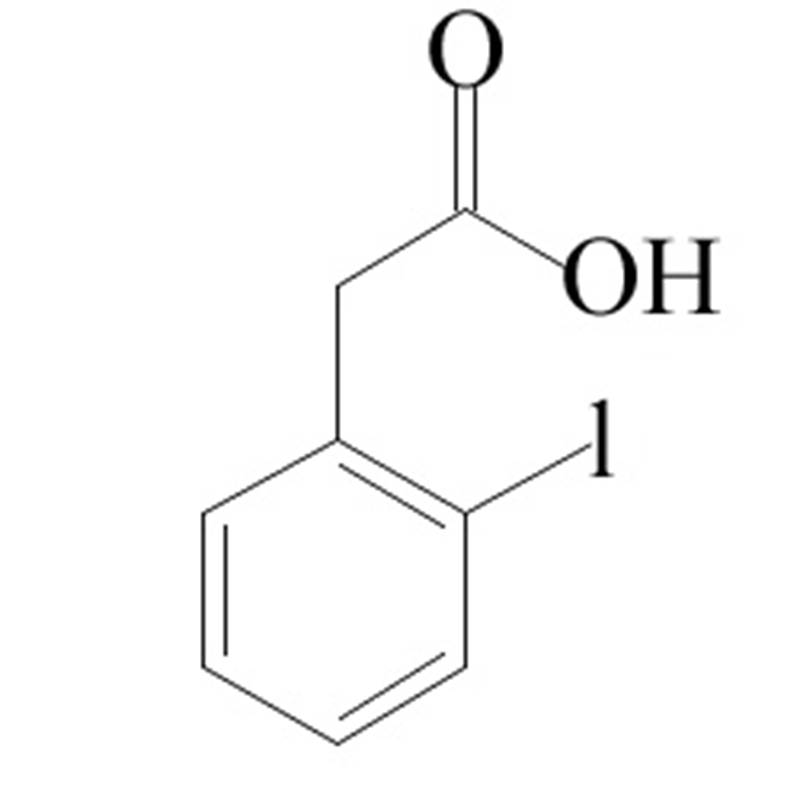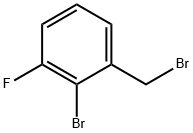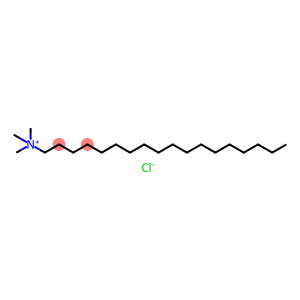3-4-Hexanedione(CAS#4437-51-8)
| Hazard Symbols | Xn – Harmful |
| Risk Codes | R10 – Flammable R36/38 – Irritating to eyes and skin. R20 – Harmful by inhalation |
| Safety Description | S23 – Do not breathe vapour. S24/25 – Avoid contact with skin and eyes. S37/39 – Wear suitable gloves and eye/face protection S26 – In case of contact with eyes, rinse immediately with plenty of water and seek medical advice. S16 – Keep away from sources of ignition. |
| UN IDs | UN 1224 3/PG 3 |
| WGK Germany | 1 |
| TSCA | Yes |
| HS Code | 29141900 |
| Hazard Class | 3 |
| Packing Group | III |
Introduction
3,4-Hexanedione (also known as 4-Hexanediic Acid) is an organic compound. The following is a brief introduction to its properties, uses, manufacturing methods, and safety information:
Quality:
- Appearance: 3,4-Hexanedione is a colorless crystalline solid.
- Solubility: Soluble in organic solvents such as water, alcohols and ethers.
- Chemical properties: 3,4-hexanedione is a ketone compound with typical ketone reactivity. It can be reduced to the corresponding diol or hydroxyketone, and can also undergo reactions such as esterification and acylation.
Use:
- It can also be used as a raw material for coatings, plastics, and rubber, as well as as an intermediate for chemical reagents and catalysts.
Method:
- There are various synthesis methods of 3,4-hexanedione, one of the common preparation methods is to esterify formic acid and propylene glycol to obtain the ester of 3,4-hexanedione, and then obtain the final product by acid hydrolysis.
Safety Information:
- 3,4-Hexanedione is a general organic compound and should be avoided from contact with the skin, inhalation or ingestion.
- Wear appropriate personal protective equipment such as gloves, goggles, and protective clothing.
- During storage and handling, attention should be paid to ignition sources and contact with combustibles, oxidants and other substances should be avoided.


